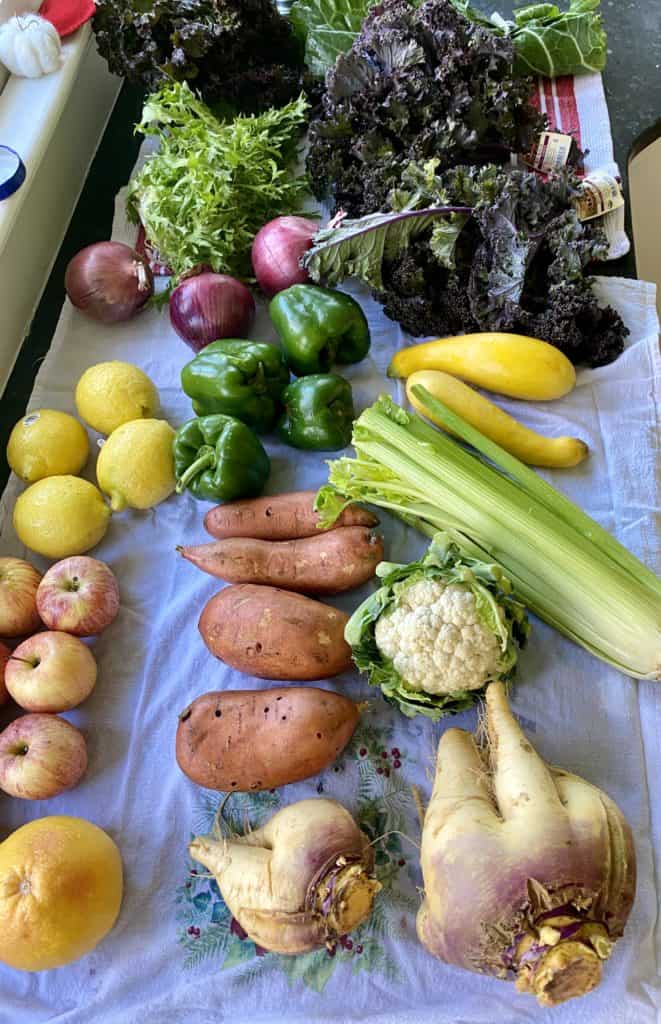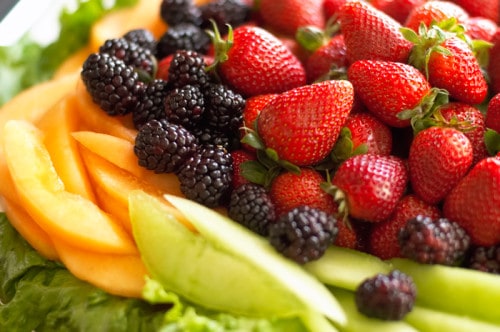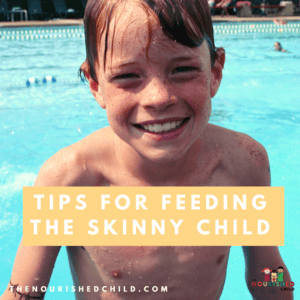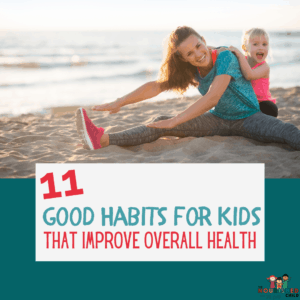Salad for Kids: 7 Tips to Encourage Eating Them
December 25, 2020
It can take some kids more time to warm up, try and like salads. Use these 7 tips to encourage kids to try (and like) salad.

Salad is one of the healthiest ways to eat vegetables. Yet, many parents have a hard time getting their child to eat a salad.
Eating salad is a great way to meet a variety of nutrient requirements, including fiber, and meet the vegetable food group goals of 2 1/2 servings a day.
For some kids, however, salad is an acquired taste. Not surprising, as veggies tend to be bitter and that’s a learned taste. The key for parents is to keep working toward the veggie and salad eating goal.
Read: Getting Kids to Eat is Not the Goal
How to Start Eating Salad: 7 Salad Tips for Kids
Remember, keep the eating environment positive and with low pressure to eat as you use these 7 strategies for helping kids eat salad.
1. Start Offering Salad at a Young Age
The sooner you start offering salad greens, the faster your child will get used to them as part of his typical diet. Here are a few ideas for younger kids:
- Try finely shredded lettuce tossed in dressing
- Blanch veggies to soften them a bit, chop them up, and place atop shredded lettuce for self-feeding; or
- Julienne cucumbers, carrots or apple and toss together with dressing for a flavorful and fresh dish.
Early toddlerhood is an important time to introduce a wide variety of flavors, as children are more willing to accept new foods than any other time in life.
2. Use Dips to Encourage Salad for Kids
You don’t have to toss veggies in salad dressing, you can let your child dip salad greens in dressing or yogurt-based dips instead.
This makes eating “salad” an experience, and more interesting. Young children like the process of dipping and this helps with fine motor skills.
Try whipping up these veggie dips!
3. Create a New Name for Salad Greens and Vegetables
Have a little more fun by renaming salads greens and other vegetables. This helps capture a child’s attention and peak their interest.
Bunny food, lizard leaves and power greens are just some ideas to make eating salad more interesting.
Renaming vegetables with intriguing, fun names may increase children’s consumption of them.

4. Top Salads with Fruit
Many kids love fruit, so add it to a salad!
Strawberries on spinach, clementines on baby kale, and blueberries on mixed greens are all yummy ways to spice up the color and flavor of a salad.
Dried fruit like raisins or cherries work great, too. Making a salad colorful may peek your child’s interest in tasting it.
Read: The Best Meals for Kids include Fruit
5. Let Your Child Build His Own Salad
Similar to the Dinner Bar, when you prepare the ingredients and separate them, your child can create salads with the food items he prefers.
He may begin with the carrots at first, but eventually after seeing all the components, he may start branching out and adding more to his plate.
A ‘build your own’ approach transfers the control to your child, increasing the odds that he will eat what he created.
6. Involve Your Child in the Preparation of Salad Greens
Washing lettuce, tearing it, chopping vegetables and tossing a salad are all ways to involve your child in fun food activities, including the hands-on activity of making salads.
Child psychologists encourage this type of interaction because it creates ‘buy-in’ and a greater likelihood of participation, which in this case means eating a salad.
7. Add Cheese to Kids Salad
Many kids enjoy cheese and it can be another avenue to encourage kids salad.
Add shredded cheese on top of greens, mix it together with shredded veggies, or melt cheese with spinach leaves in an omelet or quesadilla for a nutritious boost.
You Can Raise a Salad Eater!
Whatever you do, don’t give up on the notion of raising a salad eater! Exposure to a variety of greens through kids salad, even if your child isn’t eating them, is a step in the right direction.
The more you can involve your child in the process, and entice her with nutrient-rich additions, the more success you will have!
Need More Help with Feeding Kids?
My parent nutrition education website, The Nourished Child, can help you learn and improve your feeding and nutrition knowledge. With nutrition booklets, workshops and online classes, you can become a master at nutrition for kids.
Originally published in 2013 | Updated in Decemeber 2020.










